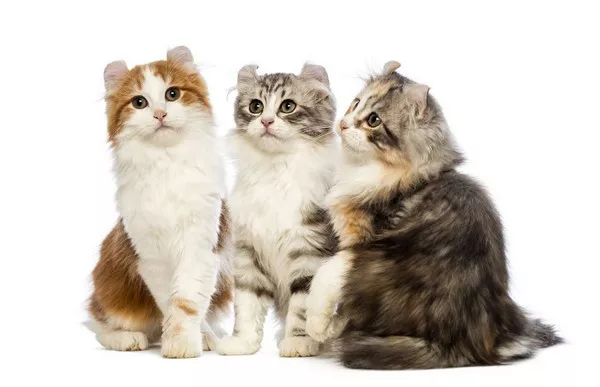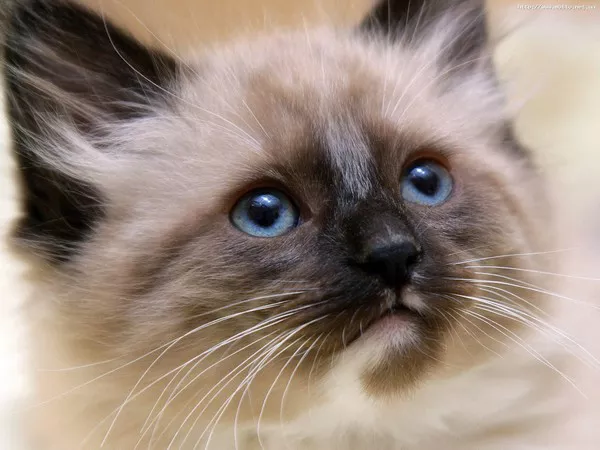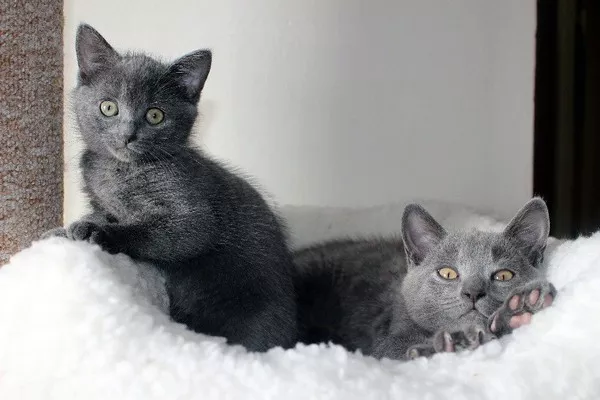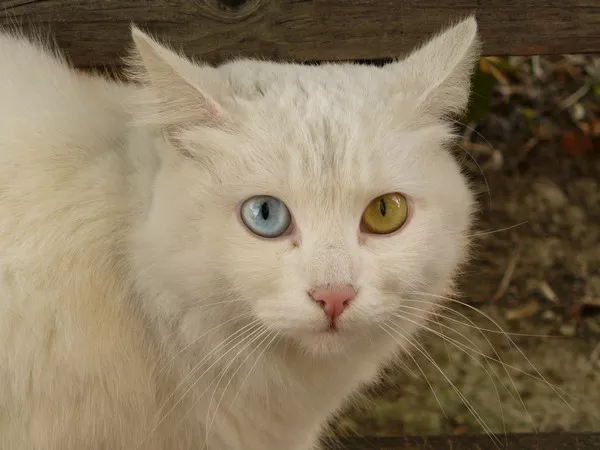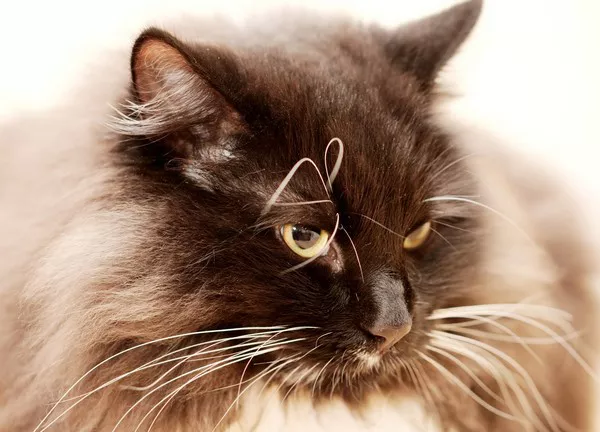Cats are beloved companions, and when they require medical attention, a well-equipped veterinary hospital becomes crucial to their health and recovery. Cat hospitals are specialized facilities designed to cater to the unique needs of feline patients, providing everything from routine check-ups to emergency care. This essay explores the essential equipment found in cat hospitals, detailing how each piece contributes to the diagnosis, treatment, and overall care of cats. By understanding the tools and technologies available in these facilities, pet owners can gain insight into the veterinary care their cats receive.
Examination Equipment
The examination room is the first point of contact for cats and their owners in a veterinary hospital. The equipment here is vital for assessing a cat’s health and diagnosing any issues.
Examination Tables
Examination tables are designed to provide a stable and comfortable surface for cats during check-ups. Many tables are adjustable in height, allowing veterinarians to work comfortably while ensuring the cat is secure.
Features: Some tables come with non-slip surfaces and adjustable restraints to keep the cat calm and prevent sudden movements during examination.
Stethoscopes
A stethoscope is an essential tool for veterinarians, allowing them to listen to a cat’s heart and lungs. This device helps identify any abnormal sounds that may indicate underlying health issues.
Types: There are specialized veterinary stethoscopes designed to amplify sounds in smaller animals, ensuring accurate assessments.
Otoscopes and Ophthalmoscopes
These instruments are used to examine a cat’s ears and eyes, respectively.
Otoscopes: Allow veterinarians to look inside the ear canal to check for infections, parasites, or other abnormalities.
Ophthalmoscopes: Enable a detailed examination of the retina and other structures in the eye, helping diagnose conditions such as cataracts or glaucoma.
Thermometers
Temperature monitoring is crucial in assessing a cat’s health. Digital thermometers are commonly used for their accuracy and ease of use.
Rectal Thermometers: The most reliable method for measuring a cat’s core body temperature.
Infrared Thermometers: Some hospitals use non-contact infrared thermometers for quick assessments, although these may not be as accurate.
Weighing Scales
Accurate weight measurement is essential for diagnosing health issues and determining appropriate medication dosages.
Digital Scales: Many cat hospitals use digital scales that can accommodate various sizes and weights, providing precise readings.
Diagnostic Equipment
Diagnostic tools are essential for identifying health problems and determining the best course of treatment for cats.
X-ray Machines
Radiography is a common diagnostic tool in veterinary medicine, allowing veterinarians to visualize the internal structures of a cat’s body.
Digital X-ray Systems: These provide high-resolution images with reduced radiation exposure and quicker processing times, enabling faster diagnoses.
Ultrasound Machines
Ultrasound technology is used to visualize soft tissues and organs in real-time, helping diagnose conditions that X-rays may not reveal.
Doppler Ultrasound: This advanced type of ultrasound can assess blood flow within the heart and major vessels, crucial for diagnosing cardiovascular issues.
Blood Analyzers
Blood tests are vital for diagnosing a range of conditions, from infections to organ dysfunction.
Hematology Analyzers: These machines analyze blood samples to provide information on red and white blood cell counts, hemoglobin levels, and more.
Biochemistry Analyzers: These assess various biochemical markers in the blood, helping evaluate organ function and metabolic conditions.
Urinalysis Equipment
Urinalysis is a key diagnostic tool for assessing kidney function and detecting urinary tract infections.
Urine Dipsticks: Simple tests that provide quick results for various parameters, such as pH, glucose, and protein levels.
Urine Sediment Analyzers: These are used to examine urine samples under a microscope for crystals, bacteria, or abnormal cells.
Surgical Equipment
When cats require surgical intervention, specialized equipment is essential to ensure their safety and the success of the procedure.
Surgical Tables
Surgical tables are designed to hold cats securely during procedures. They often have adjustable heights and may include features like warming pads to maintain the cat’s body temperature.
Anesthesia Machines
Anesthesia machines are critical for safely administering anesthesia during surgery.
Components: These machines include vaporizer units for delivering anesthetic gases, oxygen tanks, and monitoring systems to track the cat’s vital signs throughout the procedure.
Surgical Instruments
A variety of surgical instruments are used during feline surgeries, including:
Scalpels and Scissors: For making incisions and cutting tissues.
Forceps: For grasping and manipulating tissues.
Scissors: Specialized surgical scissors for cutting through various types of tissue.
Sterilization Equipment
Maintaining a sterile environment is paramount in surgical settings to prevent infections.
Autoclaves: These machines use steam under pressure to sterilize surgical instruments and equipment.
Ultrasonic Cleaners: Used to clean instruments before sterilization, ensuring all debris is removed.
Treatment and Recovery Equipment
After surgery or treatment, cats require specific equipment to aid in their recovery.
Recovery Cages
Recovery cages provide a safe and comfortable space for cats to recover after surgery or treatment.
Features: These cages often have adjustable temperatures and are designed to minimize stress, offering privacy and comfort.
IV Fluid Pumps
Intravenous (IV) fluid therapy is essential for many cats during recovery.
Fluid Pumps: These devices regulate the flow of fluids, ensuring that cats receive the correct amount of hydration and medications.
Heating Pads and Blankets
Maintaining body temperature is crucial for recovering cats, especially after anesthesia.
Heating Pads: Used to provide warmth and comfort during recovery, helping to prevent hypothermia.
Blankets: Soft, warm blankets can also provide comfort and security.
Laboratory Equipment
In-house laboratories are essential for quick diagnostics and treatment decisions.
Centrifuges
Centrifuges are used to separate blood components for analysis.
Function: By spinning blood samples at high speeds, centrifuges help separate plasma from red and white blood cells, facilitating various tests.
Microscopes
Microscopes are vital for examining blood smears, urine samples, and tissue biopsies.
Types: Both light microscopes and digital microscopes may be used, enabling detailed examination of cellular structures.
Diagnostic Kits
Various diagnostic kits are available for specific tests, such as:
Feline Leukemia and FIV Tests: Quick tests that provide results in minutes, helping diagnose these common viral infections.
Parasitology Kits: Used to identify parasites in fecal samples.
Support Equipment
Support equipment enhances the overall functioning of a cat hospital, ensuring smooth operations and effective care.
Computer Systems
Veterinary practices rely on advanced computer systems for managing patient records, scheduling appointments, and billing.
Practice Management Software: These systems streamline operations, allowing for efficient communication and record-keeping.
Monitoring Equipment
Monitoring vital signs during treatment and recovery is essential for ensuring a cat’s well-being.
Pulse Oximeters: Measure blood oxygen levels and heart rates, providing real-time data on a cat’s respiratory and cardiovascular status.
ECG Machines: Used to monitor heart rhythms, helping detect arrhythmias or other cardiac issues.
Client Communication Tools
Effective communication with pet owners is vital for providing quality care.
Client Portals: Many hospitals offer online portals where pet owners can access medical records, schedule appointments, and communicate with veterinary staff.
Telemedicine Tools: With the rise of telehealth, some hospitals utilize video conferencing tools for remote consultations.
Specialty Equipment
Certain cat hospitals may also have specialized equipment for advanced diagnostics and treatments.
Endoscopy Equipment
Endoscopy allows veterinarians to visualize the interior of a cat’s body using a flexible tube with a camera.
Applications: This technique can be used for diagnosing gastrointestinal issues or for minimally invasive surgeries.
Laser Therapy Devices
Laser therapy is increasingly used in veterinary medicine for pain management and tissue healing.
Functionality: These devices emit specific wavelengths of light to promote healing and reduce inflammation in injured or surgical areas.
Rehabilitation Equipment
For cats recovering from surgery or injury, rehabilitation equipment can aid in recovery.
Therapeutic Laser Devices: Used for pain relief and promoting healing in soft tissues.
Hydrotherapy Tubs: Provide low-impact exercise options for cats recovering from orthopedic surgeries.
Conclusion
The equipment found in a cat hospital is diverse and specialized, reflecting the unique needs of feline patients. From examination tools to surgical instruments and recovery equipment, each piece of equipment plays a vital role in ensuring that cats receive the highest standard of care. Understanding this equipment can help pet owners appreciate the complexity and dedication involved in veterinary medicine.
As technology and veterinary practices continue to evolve, the tools available to cat hospitals will undoubtedly advance, further enhancing the ability to diagnose, treat, and care for our feline companions. By investing in quality equipment and training, veterinary hospitals can ensure that they meet the health needs of cats, providing them with the best possible outcomes in their medical journeys.







